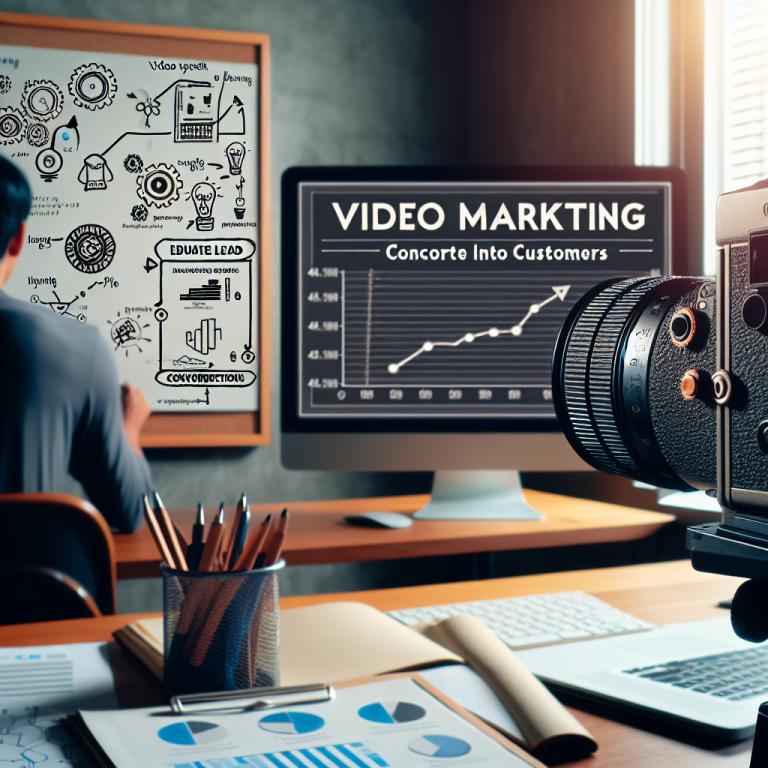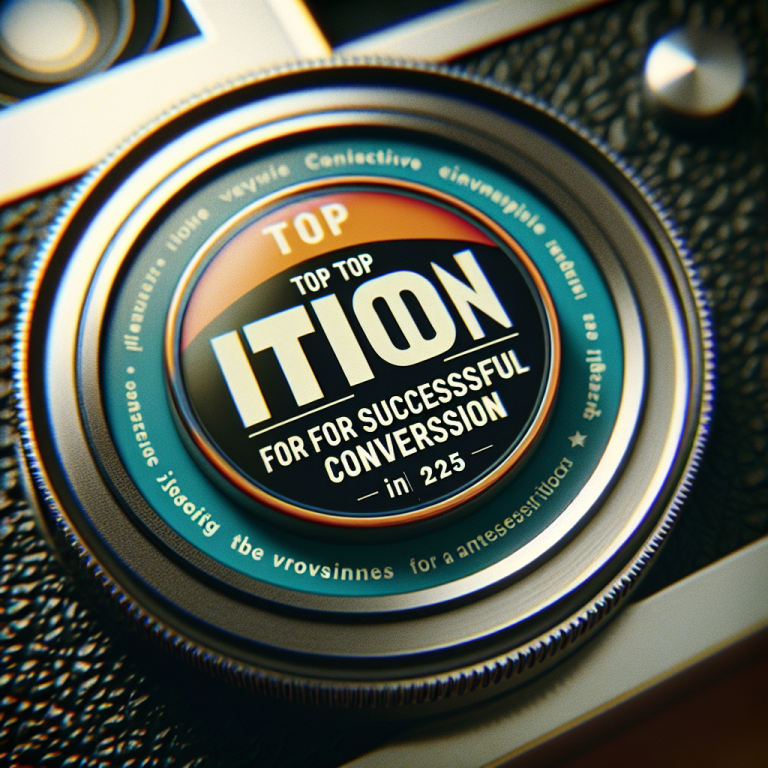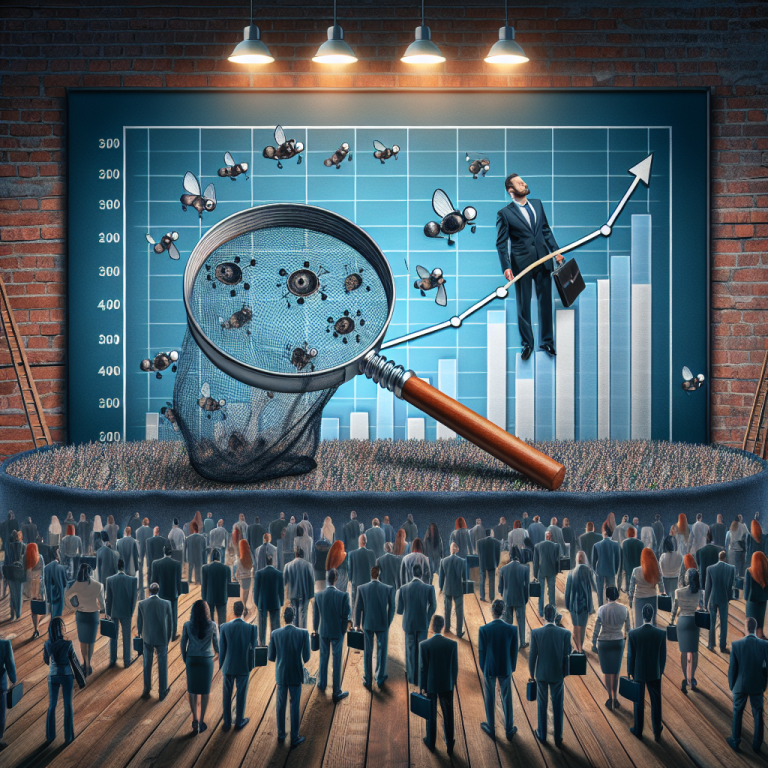The Ultimate Guide to email marketing automation with ai in 2025: 10 Effective Strategies to Boost Campaign Results
Table of Contents
- 1. Creating Highly Personalized Campaigns with AI
- 2. Advanced Segmentation Techniques Powered by AI
- 2025 Strategies Overview
1. Creating Highly Personalized Campaigns with AI
Harnessing Customer Data for Personalization
In 2025, email marketing automation with ai has become a game-changer for personalization. AI tools analyze vast amounts of customer dataâfrom browsing history to purchase patternsâto tailor email content uniquely for each recipient. This level of personalization significantly increases engagement rates, as customers feel valued and understood.
For example, an e-commerce retailer might use AI to recommend products based on a customerâs recent browsing activity. This dynamic content adjustment ensures the email resonates more effectively than generic messages. The ability to personalize at scale gives brands a competitive edge and enhances customer loyalty.
Practical tip: Integrate your CRM with AI-driven personalization platforms. Regularly update your customer data to ensure the AI has access to the most recent insights. This approach leads to smarter and more relevant email campaigns.
AI-Generated Content for Enhanced Engagement
AI content generation tools can craft compelling email copy that aligns with customer preferences. These tools analyze what has worked before and generate subject lines, headlines, and body content optimized for open rates and conversions.
In 2025, marketers are leveraging AI to create adaptive content that adjusts based on the recipient’s behavior. For instance, if a subscriber tends to open emails in the morning, the AI might suggest sending targeted offers during that time window.
Actionable tip: Use AI content tools like GPT-based platforms to test multiple variants of your email copy. Continuously refine the content based on performance metrics for best results.
2. Advanced Segmentation Techniques Powered by AI
Creating Micro-Segments for Targeted Campaigns
Traditional segmentation often falls short in (2025), but AI allows marketers to develop micro-segments based on nuanced customer behaviors and preferences. This hyper-targeted approach ensures that each email is highly relevant.
For example, a SaaS company might split their audience into segments based on feature usage frequency, engagement levels, and support tickets. AI algorithms continuously update these segments as new data arrives, maintaining relevancy over time.
Practical tip: Utilize AI segmentation tools that automatically update your lists without manual intervention, saving time and increasing campaign effectiveness.
Predictive Segmentation for Future Trends
Predictive segmentation uses AI to forecast customer behaviors and preferences, enabling proactive marketing strategies. For instance, AI might identify which customers are likely to churn or upgrade, allowing you to target them with timely offers.
In 2025, predictive analytics is a must-have feature for email marketing automation with ai. Marketers who harness this technology can seize opportunities before competitors, boosting retention rates and lifetime customer value.
Insight tip: Combine predictive segmentation with personalized content for maximum impact on your email campaigns.
3. Using AI to Define Smarter Automation Triggers
Behavioral Triggers and Real-Time Responses
In 2025, defining automation triggers with AI enables real-time responses based on customer behavior. For example, AI detects when a subscriber abandons a shopping cart and immediately sends a personalized reminder with a special offer.
This proactive approach increases conversion rates by meeting customers at critical moments. AI algorithms analyze patterns to set up complex trigger sequences that adapt over time.
Tip: Regularly review and optimize trigger workflows based on AI-analytics insights to maintain high relevance and effectiveness.
Cross-Channel Triggered Campaigns
AI also helps synchronize email automation with other channels like SMS, social media, or website chat based on customer activity. This integrated approach creates a seamless experience.
For instance, if a customer clicks an email link and then visits your website, AI can trigger personalized onsite text messages or chat offers to reinforce engagement.
Best practice: Map out customer journeys across channels and leverage AI to trigger communications precisely at those touchpoints.
2025 Strategies Overview
As weâve explored, mastering email marketing automation with ai involves leveraging cutting-edge technology to personalize, segment, trigger, and optimize your campaigns. Staying ahead in 2025 requires embracing these innovative strategies that harness AIâs full potential. From predictive analytics to real-time behavioral triggers, the future of email marketing is deeply intertwined with AI advancements. Remember, the key to success lies in continuous testing, data analysis, and refining your automation workflows to deliver maximum value to your audience.
FAQ
1. What is email marketing automation with ai?
Email marketing automation with ai involves using artificial intelligence technologies to streamline, personalize, and enhance email marketing campaigns. AI helps automate tasks such as segmentation, content creation, trigger setup, and analysis, allowing marketers to deliver more relevant and timely messages.
2. How can AI improve email campaign results in 2025?
AI improves campaign results by enabling hyper-personalization, advanced segmentation, predictive analytics, and real-time trigger responses. These enhancements lead to higher open rates, click-through rates, and conversions, making your campaigns more effective.
3. Are there tools available for email marketing automation with ai?
Yes, several tools available in 2025 incorporate AI features, including platforms like HubSpot, ActiveCampaign, Mailchimp, and specialized AI plugins that enhance personalization, segmentation, and analytics. Choose tools that integrate seamlessly with your existing tech stack.
4. What are some best practices for implementing AI in email marketing?
Best practices include maintaining clean and updated customer data, continuously testing AI-generated content, monitoring AI-driven workflows regularly, and staying informed about evolving AI features to keep your campaigns competitive.
Conclusion
In summary, mastering the art of email marketing automation with ai in 2025 is essential for marketers aiming to stay ahead. By leveraging advanced AI-powered personalization, segmentation, triggers, and analytics, you can create highly relevant and engaging campaigns that drive results. Embracing these 2025 strategies will set you apart in a competitive landscape, ensuring your email marketing efforts are both innovative and highly effective. Remember, the future belongs to those who harness the full potential of AI to transform their marketing workflows.









